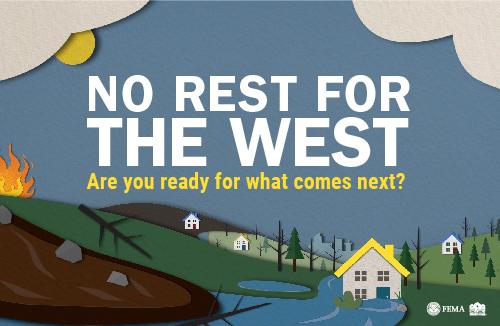Wildfires are devastating. They destroy all life in their path, disrupting vegetation, habitats, and entire ecosystems for years. While some of the negative effects of wildfires are felt immediately, there are lingering risks your clients should be aware of.
Even if your clients are not located in traditionally flood-prone areas, the changing landscape puts their homes and personal property in danger. From 2014 to 2018, policyholders outside of high-risk flood areas filed over 40% of all National Flood Insurance Program flood insurance claims and required one-third of federal disaster assistance for flooding.
The chance of flooding and mudflows remains significantly higher until vegetation is restored––up to five years after a wildfire. Wildfires charr the ground making it unable to absorb water.
Moderate rainfall can cause flash flooding without vegetation to stand in its way. As rainwater moves across the burned ground, it picks up soil and sediment, carrying it into a stream of floodwater causing even more damage.
A flood does not have to be a catastrophic event to bring high out-of-pocket costs, and you do not have to live in a high-risk flood area to suffer flood damage. Just 1 inch of floodwater can cause roughly $25,000 in damage to an average size home.
Flood insurance is the best way to ensure coverage. A typical renters or homeowners insurance policy does not cover flood damage. As a flood insurance agent, we know you care about helping your neighbors understand their increased risk. Keep business owners in mind as well, because there are flood insurance policies designed with them in mind too.
Share the FloodSmart Flood After Fire page to help inform your community about their flood after fire risk and how they can protect the lives they’ve built with flood insurance.

